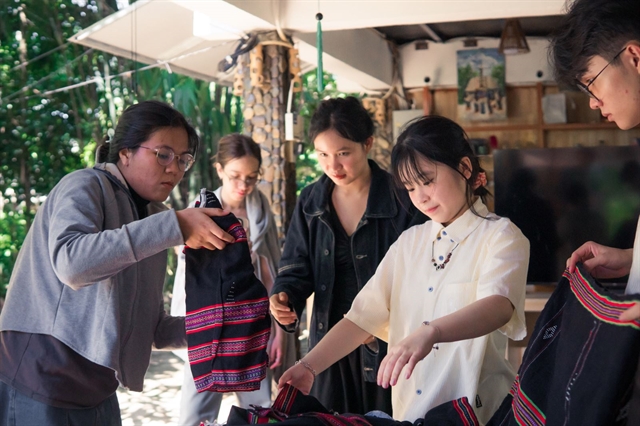 World
World

WHAKATANE — Intensifying fears of another eruption frustrated efforts to recover bodies from New Zealand's White Island on Thursday as the official death toll from the volcano disaster rose to eight.
Police said two people died in hospital overnight, taking the confirmed number of fatalities to eight, with the bodies of another eight people believed to be on the island.
Many more victims of Monday's explosion are battling to survive after suffering horrific burns at the popular tourist attraction, which police said was still too dangerous to land on.
"Police remain focused on supporting families at this terrible time," they said in a statement.
Health officials said that 23 survivors were being treated in New Zealand, 17 of them listed as critical, and another five had been transferred to Australia.
Sydney high school Knox Grammar named the latest fatalities as brothers Matthew and Berend Hollander, saying their deaths were a "devastating loss for our community".
It said the boys' parents, Barbara and Martin Hollander, were currently unaccounted for.
The survivors' injuries are so severe that an extra 1.2 million square centimetres of skin for grafts were being sent from Australia and the United States.
A total of 47 day-trippers and guides were on the island when the blast occurred, hailing from Australia, the United States, Britain, China, Germany, Malaysia and New Zealand.
Recovery teams are on standby at nearby Whakatane but have so far been unable to deploy, leading to frustration in the local community.
"We are now living with a growing sense of desperation to bring home those that we know are there, those that we love," Whakatane mayor Judy Turner told reporters.
Seismologists said on Thursday there was a 50 to 60 per cent chance of another eruption on the island, which lies semi-submerged 50km off the coast.
Poisonous gases are still billowing from the volcanic vent and the island is blanketed in a thick layer of acidic ash.
GeoNet vulcanologist Nico Fournier said the dangers facing recovery teams if an eruption occurred included magma, superheated steam, ash and cannonball-like rocks thrown from the caldera at supersonic speed.
"We're talking about very high speed, high impact, high temperature," he told reporters, saying the volcano had not been as active since 2016.
Investigation under way
Australian Prime Minister Scott Morrison said one Australian was confirmed dead and a further 10 were missing and presumed to have perished.
Canberra has sent three military aircraft with specialist medical crews to repatriate some of the survivors, with at least 12 Australians expected to be flown to burns units in the country.
One Malaysian has been confirmed dead and another was critically injured, while British officials said two of their citizens were injured.
The US embassy said nine Americans were on the island when it erupted and some were seriously injured.
A coronial process has begun to identify the eight confirmed dead but police said it "can take some time".
The island in the picturesque Bay of Plenty attracts more than 17,000 visitors every year and is marketed as an experience for the adventurous traveller.
But the threat alert level was raised in the week before the eruption, prompting questions about whether tour groups should have been allowed to visit.
Families of Australian victims expressed doubt that their loved ones were made aware of the risks of visiting the island.
"I think if he knew there was a danger, he would haven't gone on it," said Brian Dallow, whose son Gavin was believed killed along with his 15-year-old stepdaughter Zoe Hosking.
"So I'm pretty sure they weren't fully informed of the dangers, otherwise he would haven't gone. I'm quite sure of that. That's the only thing I can be really positive about." — AFP




.jpg)